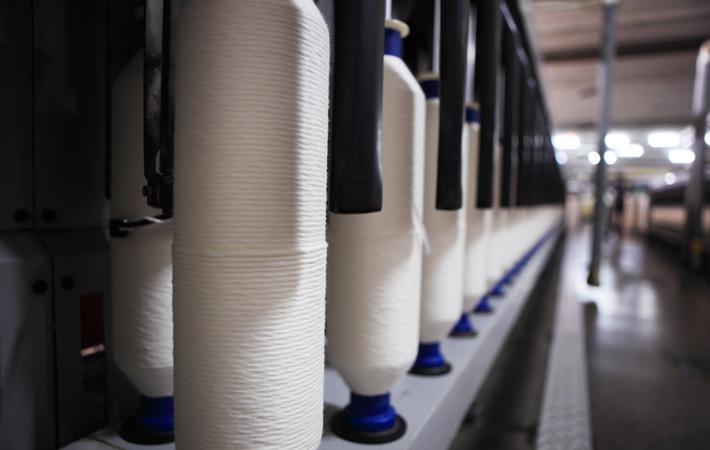The Comprehensive and Progressive Agreement for Trans-Pacific Partnership (CPTPP) officially came into force in Vietnam on January 14. Goods exported to countries that have ratified the deal will enjoy new preferential tariffs. Apart from offering huge opportunities, it is expected to throw up challenges, including raw materials for the garment and textile sector.
The agreement will create opportunities for domestic enterprises to seek and expand their markets but is also a big challenge due to fierce competition and rules of origin, according to Vietnamese media reports.The Comprehensive and Progressive Agreement for Trans-Pacific Partnership officially came into force in Vietnam on January 14. Goods exported to countries that have ratified the deal will enjoy new preferential tariffs. Apart from offering huge opportunities, it is expected to throw up challenges, including raw materials for the garment and textile sector.#
Though the country’s garment and textile sector claimed the second position in the world in terms of export turnover with $36.1 billion in 2018, it had to import around 80 per cent of its materials for production, according to Truong Van Cam, vice chairman of the Vietnam Textile and Apparel Association. The heavy reliance on imported material is a serious problem for the industry, he feels.
The country now imports up to 99 per cent of cotton, 70 per cent of fibre and 80 per cent of fabric. The biggest shortcoming, according to Cam, is only 10 per cent of fabric is imported from Japan and countries that are part of the CPTPP.
The biggest bottleneck is that Vietnam has been unable to produce fabrics for export, according to experts.
Among CPTPP’s benefits, all Vietnamese textile and garment products will be subject to tariff elimination in the Canadian market.
Enterprises in Ho Chi Minh City, which accounts for one third of the country's textile and garment export turnover, are preparing to take advantage of the opportunities to raise exports to new markets like Canada, Peru and Mexico.
Many of these enterprises are busy carrying out human resource training and changing technology and machinery to gain from CPTPP apart from making themselves aware of issues like environmental compliance, quality and origin of products, said chairman of the Ho Chi Minh City Textile and Garment-Embroidery Association Pham Xuan Hong.
Authorities of the Vinh Phuc province are supporting businesses, while creating the best business environment for local enterprises to grow without being troubled by administrative measures.
According to a preliminary survey by the Vietnam Chamber of Commerce and Industry (VCCI), there are three main groups of issues that are hindering enterprises from taking advantage of the CPTPP. The first is businesses do not understand fully the commitments in the CPTPP because they are too difficult and complicated.
The second, enterprises do not have enough confidence in the capacity of the state management agencies in implementing the CPTPP as well as supporting enterprises to take advantage of the CPTPP. Finally, domestic enterprises are weak to compete in both capital and technology.
Experts hope that the Vietnamese Government will issue a detailed action programme for the CPTPP to ensure smooth and effective implementation of the agreement.
Fibre2Fashion News Desk – India
